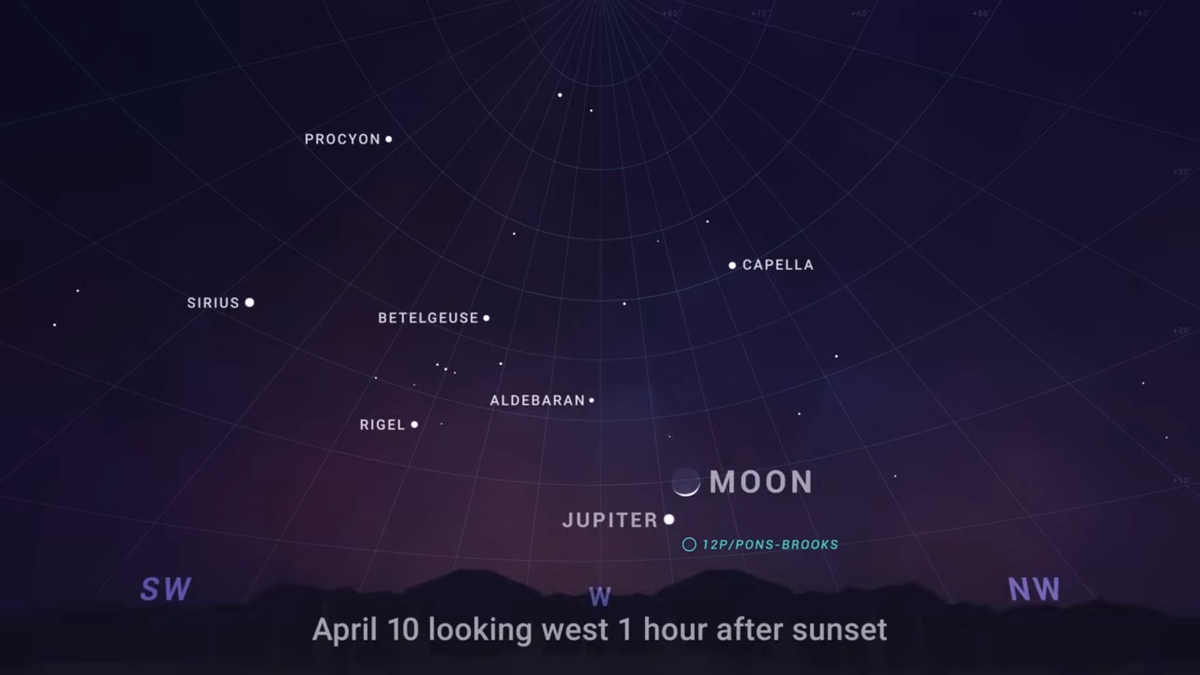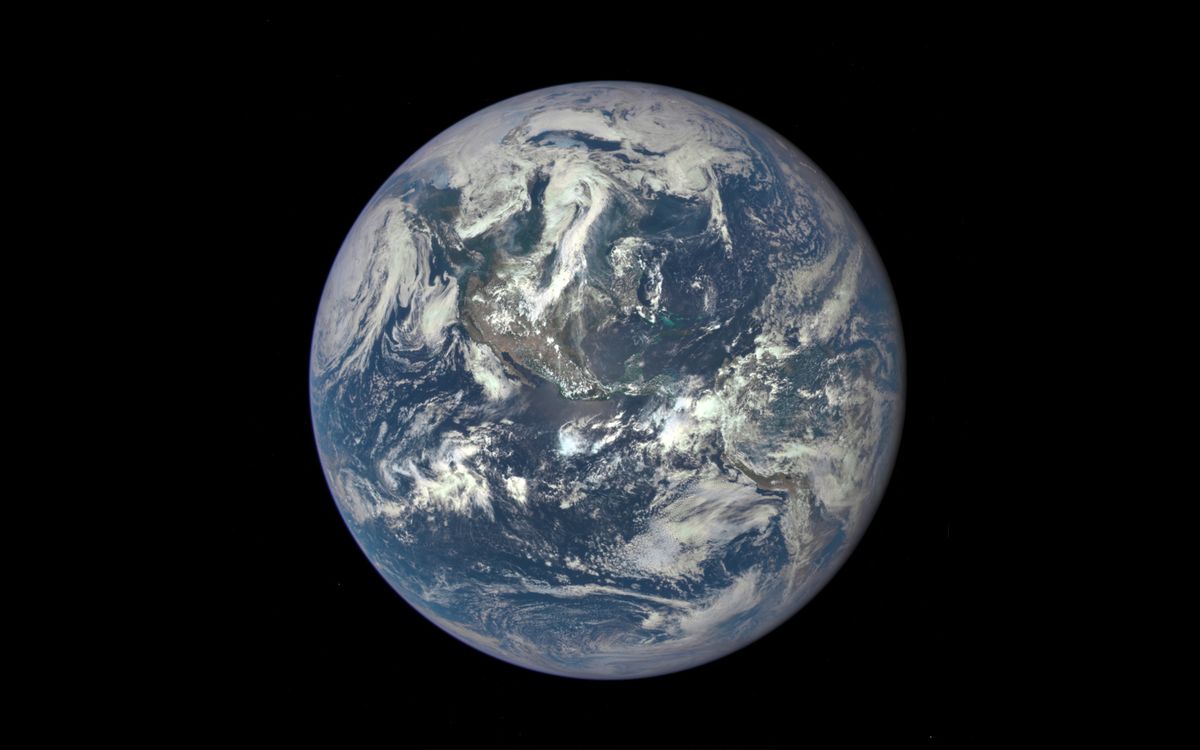Observing Planets in the Sky: An Unforgettable Experience
The early morning of April 10 presents a unique opportunity for stargazers to witness two planets, Mars and Saturn, in close proximity to each other. These “superior” planets will be visible in the east-southeast horizon about 30 to 40 minutes before sunrise. With the assistance of binoculars, observers can locate them against the backdrop of the brightening twilight sky. Saturn, shining brighter at a magnitude of +1.14, will be positioned below Mars, with a mere half-degree separating the two planets. Utilizing a telescope equipped with a low-power eyepiece allows both planets to be viewed simultaneously, showcasing the stark color contrast between the orange Mars and the yellow Saturn.
Mars-Saturn Conjunction Interval
The motion of Mars and Saturn relative to Earth results in periodic conjunctions, with an average interval of approximately every 2 years and 7 days. These conjunctions, occurring between 2018 and 2030, illustrate the evolving positions of the two planets in their respective orbits. The upcoming conjunction on April 10, 2024, marks the second closest interaction during this twelve-year span, highlighting the intricate dance of celestial bodies in our solar system.
Jupiter and the Waxing Crescent Moon
As the evening sky transitions from day to night, Jupiter emerges as a prominent feature, visible even low in the western sky after sunset. On the evening of April 10, a slender waxing crescent moon positioned 4 degrees to the lower left of Jupiter creates a captivating display in the heavens. This astronomical tableau, resembling a scene from a fantasy novel, offers viewers a chance to appreciate the beauty of the celestial bodies that adorn our night sky.
Earthshine Phenomenon
Observers are encouraged to look for the Earthshine effect on the moon, known for its enchanting display of light reflecting off the Earth’s surface and illuminating the lunar landscape. Binoculars enhance the visibility of this phenomenon, enhancing the moon’s appearance and creating a surreal three-dimensional effect. Coupled with the presence of Jupiter and the nearby Pleiades star cluster, the sky presents a mesmerizing panorama for those willing to gaze skyward.
Spotting Comet 12P/Pons-Brooks
For those seeking an additional challenge, comet 12P/Pons-Brooks will be positioned approximately 6.5 degrees below the moon and 4 degrees to the lower right of Jupiter on April 10. With a peak brightness of magnitude +4.6, the comet may be faintly visible to the naked eye from dark locations. Binoculars or a small telescope offer an enhanced view of this celestial wanderer, revealing its wispy structure and potential gas tail.
A Final Farewell to Jupiter
As Jupiter gradually descends into the twilight glow, its nightly appearances will dwindle until its conjunction with the sun on May 18. While bidding farewell to Jupiter may evoke a sense of loss, this celestial giant will soon reappear in the morning sky, resuming its celestial journey with a promise of future encounters. The Earth’s dance with the planets continues, offering endless opportunities for observation and appreciation of the wonders that grace our skies.
Image/Photo credit: source url





